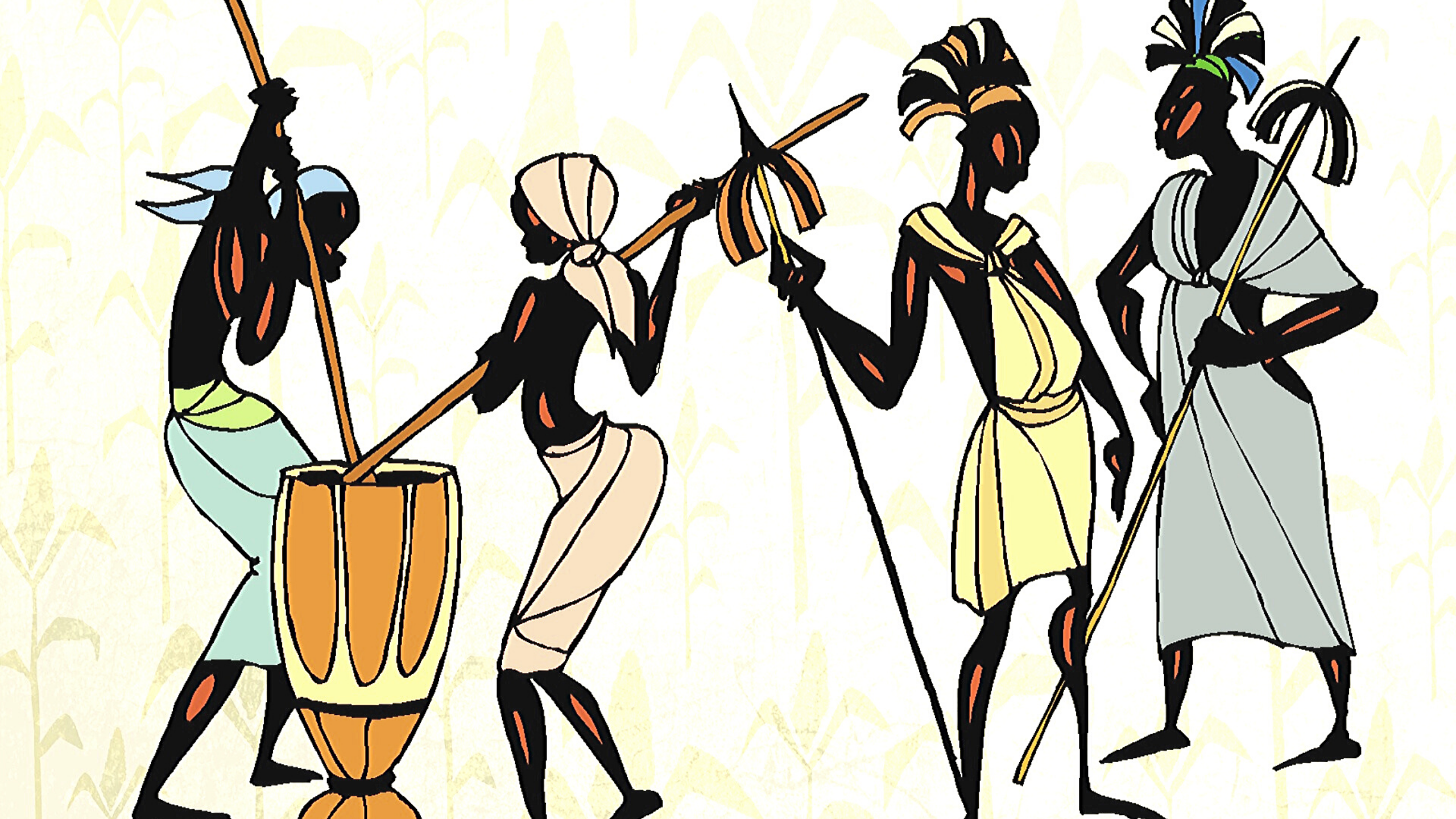Changa style ndolekho is not a challenge to pronounce lightly. You better be prepared, you have to know how to strut your stuff on the dance floor. Most importantly, you must be prepared to leave it all there.
Whenever, in the ceremony known as khuchukhila, a omusinde form Bayemba clan pours water that he’s fetched from the river into a pot partially filled with kamalwa kamakhalanje (the pot is placed outside the main hut), in a gesture signaling his readiness for the cut, as the busaa starts to ‘cook’ with his action, he must be identified with his people.
The why: Exploring the Bukusu-Masaba connection
By identified, I mean that we must know which door of the larger Masaba family the omusinde belongs to. My people, the Bukusu, have our bros across the border in Uganda: the Bagisu and Masaba. We all call Mwambu our father and Mt. Masaba (Mt. Elgon) home. To maintain ties, our cousins from across the border often grace our occasions such as khuboa chinyinja and the like.
More importantly, we occasionally hold our traditional circumcision ceremonies together; an event we call lukembe and our brothers the Bagisu call imbalu. When these joint circumcision ceremonies happen, our boys from Bukusuland must be differentiated from the rest of the lot. This differentiation is particular stark when the boy is from the Bayemba clan, the people of the musambwa of working iron: the blacksmiths.
The prep: Adornment with limela
To help with telling their sons from the rest, this is what Bayemba women do. They soak limela, the traditional yeast, in cold water. They then pour the flour mixture on the boys head just after he has poured the water into the pot during khuchukhila. This happens as the men sing sioyayo to ‘charge’ the boy and the women adorn the omusinde just about to face the knife with the flour paste.
The goal of this symbolic ritual is to awaken the musambwa (ancestral gift) of the iron mongering in the omusinde.
Let me tell you, after our women pour limela on the initiates heads, our boys look the part. Just looking at the beauty of the artwork tugs the strings that connects us with our roots. They will be all white from the head, chest and limbs. If you are to pay attention to the details, you’d notice that, only eyes will have been spared. Everywhere else will be white. Just by appearance, their transformation into liminal beings would have begun.

Changa style ndolekho
Finally, just to make it complete, our women will go ahead and smear limela on the boys hands and feet. The boys will then be set free to dance and entertain the village. When you meet a boy well adorned with limela dancing, arm yourself with some cash at least Ksh 200-1000. Then, go right in front of him and say to him “changa style ndolekho”. Showcase your dance style I see.
Changa style ndolekho
You surely will not get disappointed. The boy will hit on chinyimba and let loose like his very chance of initiation into adulthood depended on it. Yourself, you shouldn’t disappoint. With every dance style he unleashes, you tip him with some more cash; then, you match his challenge with a dance of your own.
You charge, he charges. Crescendo upon crescendo.
You will dance yourself till you drop like a leaf. You will have nothing left in your pocket, as when it comes to this, our boys never disappoint. The months of practice performing khuminya through the villages pays dividends during changa style ndolekho. Moreover, the fact that they initiate has gotten this far – moments from the cut – means that they have to go for it with all that they have got as the moment is nigh.
Subscribe to Mulembe Weekly
Get culture, language, stories and discussions in your inbox every Friday 5 PM East Africa Time

